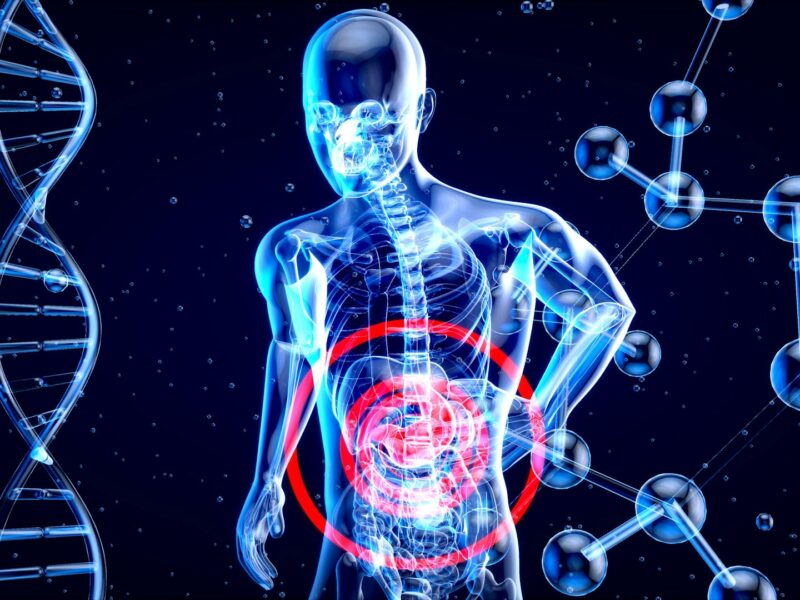It’s time to face the facts: you have a cavity that needs to be filled, and the dentist suggested a CT scan before he decides which treatment to offer. You’ve heard this could be beneficial, but you’re also hesitant to submit to the radiation involved in a CT scan.
So what are the pros and cons of opting for a CT scan for dental fillings? Join us to take a deep dive into the science and safety of this common procedure.
Contents
What Are CT Scan Dental Fillings
A CT scan can be a useful tool for dental fillings. It is used to detect the exact size and shape of the affected area of the tooth. This allows for a more accurate filling.
Many dentists believe it is best used as a last resort when other, less expensive, and less invasive methods have proven unsuccessful. They should be cautiously approached due to the potential risks and costs associated with the procedure.
Advantages of CT Scan for Dental Fillings
The advantages of using a CT Scan for dental fillings are that it provides a very accurate reading and allows for precise placement of fillings. It also offers superior dental CT scan images and reveals details that traditional X-rays cannot.
A CT scan gives an accurate 3D representation of the teeth and jaws and can detect any irregularities that may otherwise remain undetected. CT scans are also used to locate areas that are difficult to inspect with the naked eye, such as between teeth, to ensure the accuracy of a filling. Learn more about dental 3d scanners and the entire process here.
Additionally, the scan is done quickly, usually taking between 30 and 60 seconds, making the process much quicker than other imaging techniques. Another advantage is that it helps to detect cavities or other problems that regular X-rays cannot. This allows for early diagnosis and treatment.
Disadvantages of CT Scan for Dental Fillings
CT Scans for dental fillings may sound like a convenient approach. However, certain drawbacks must be considered when considering this type of technology.
One disadvantage is radiation exposure. While dental scans are not noticeably dangerous, too much radiation exposure can increase the risk of cancer over an extended period.
Additionally, a CT scan is more expensive than traditional methods like X-rays. It also takes much longer to generate the final image of the teeth from a scan. This can make the procedure lengthy and uncomfortable for patients.
Finally, there is the possibility that the scan can’t necessarily detect cavities in areas where traditional methods such as X-rays can, or it can miss hidden portions of the mouth.
With these drawbacks in mind, it is essential that a patient and their dentist properly weigh the pros and cons of using a CT scan to determine if this type of imaging is the best approach for their dental needs.
Learn More About CT Scan for Dental Fillings
Overall, a CT scan is an excellent choice for hard-to-see dental areas, and the procedure is relatively pain-free, providing an efficient way of determining the perfect course of treatment. It helps to reduce the amount of time spent in the dental chair and also can help to reduce the need for other invasive measures.
However, CT scans are expensive, and radiation exposure is a significant concern. For these reasons, talk to your dentist and weigh your pros and cons before deciding to go with a CT scan for dental filling.
Visit our blog page today for more articles like this!



